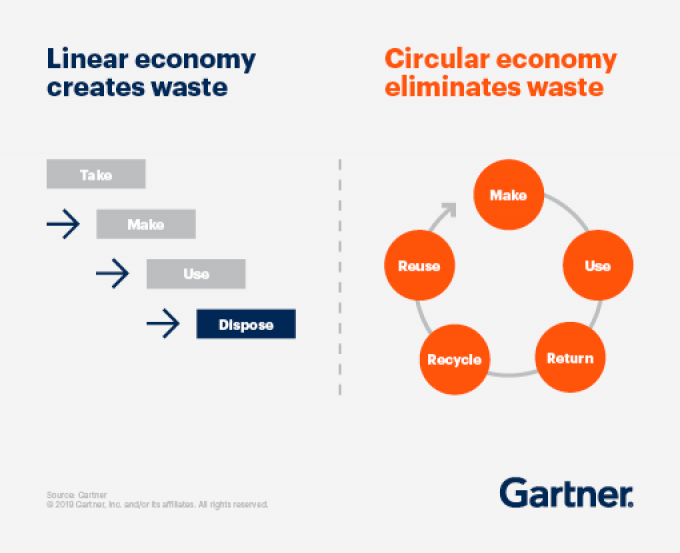On the wires: From the Gartner Hype Cycle to... blood cobalt, hydrogen & more
Alternatives sought

Supply chain executives need to prepare to transform their operations from a linear to circular model, as sustainability increasingly becomes a priority for consumers and corporations alike.
According to supply chain consultancy Gartner, the economy is increasingly becoming “circular”, which it defines as “an economic model ...


Comment on this article